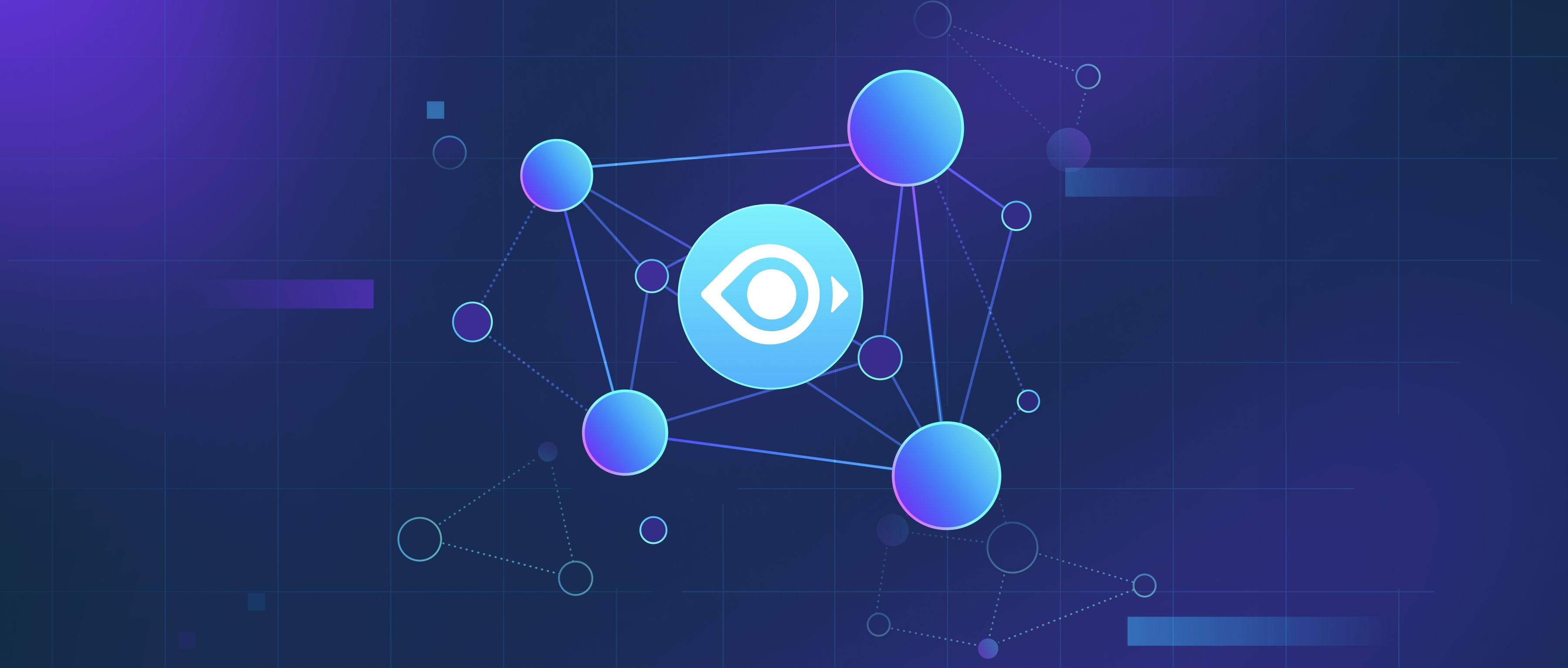Transformer-based architectures offer several benefits when used in diffusion models, particularly in areas like image generation and other complex data tasks. Firstly, transformers excel in capturing long-range dependencies in data. This is crucial for diffusion models, which simulate the gradual addition of noise to data and then reverse the process to generate new samples. When a transformer processes each step of this noise addition and removal, it can effectively maintain context over many steps. For instance, in generating images, it helps understand how features in one part of an image might influence the whole, ensuring better-quality outputs.
Secondly, transformers are highly parallelizable due to their architecture. Unlike recurrent neural networks (RNNs) that process data sequentially, transformers can handle multiple data points simultaneously. This parallel processing capability translates into faster training times and improved efficiency when training diffusion models, which often need to learn from large datasets. For example, using transformers, a model can process batches of images at once, thereby speeding up the training phase significantly compared to traditional methods.
Lastly, transformers are versatile and can be easily adapted to various tasks within diffusion models. They allow for the incorporation of additional modalities, such as text or other forms of input, which can help guide the generation process. This flexibility means developers can create more complex and rich models capable of generating high-fidelity outputs. For instance, by training a diffusion model with a transformer on both images and corresponding textual descriptions, the model can learn to create images that are not only coherent but also aligned with specific descriptions, enhancing the applicability of these models in real-world scenarios.
